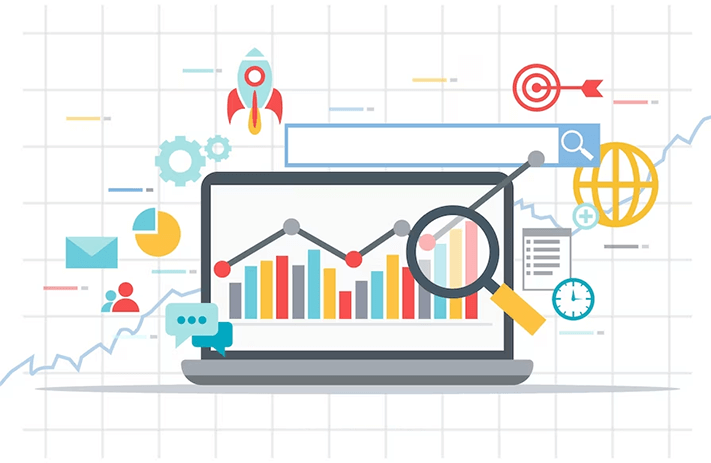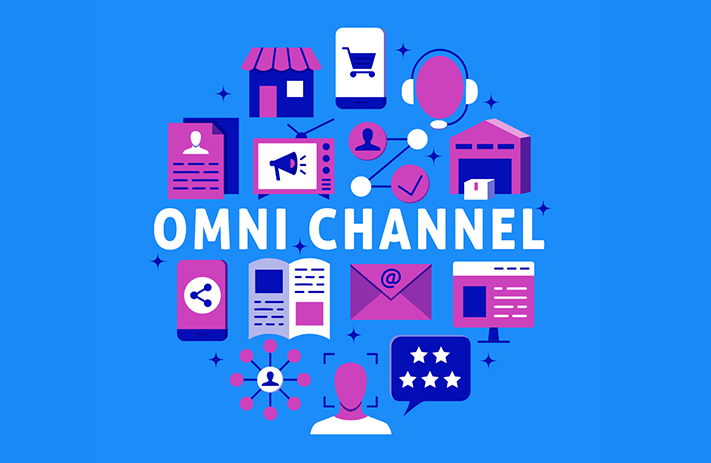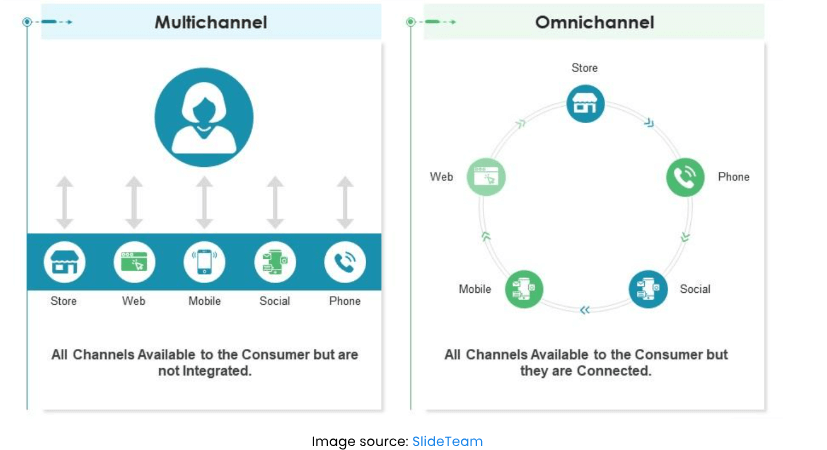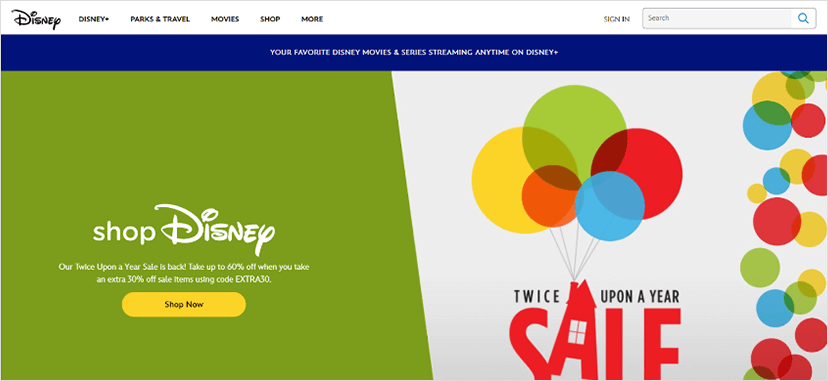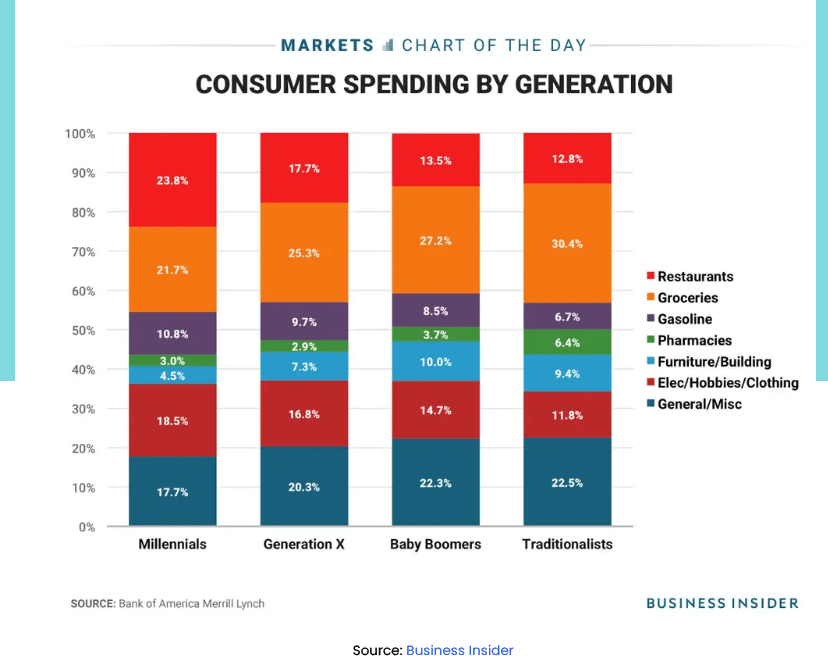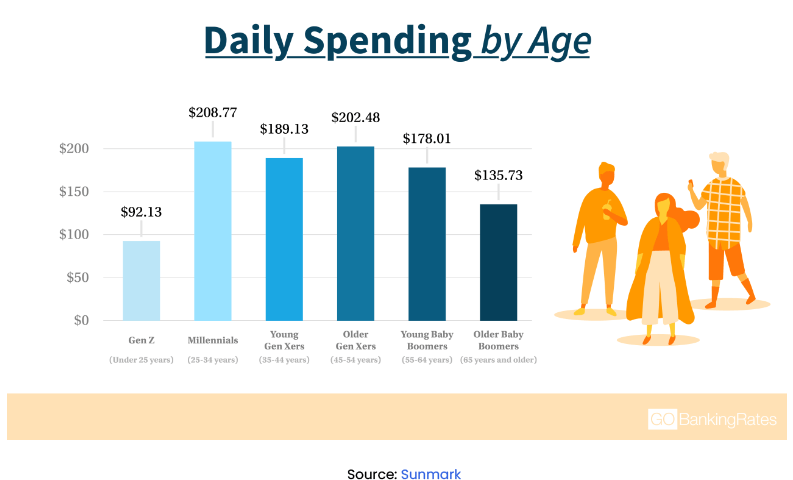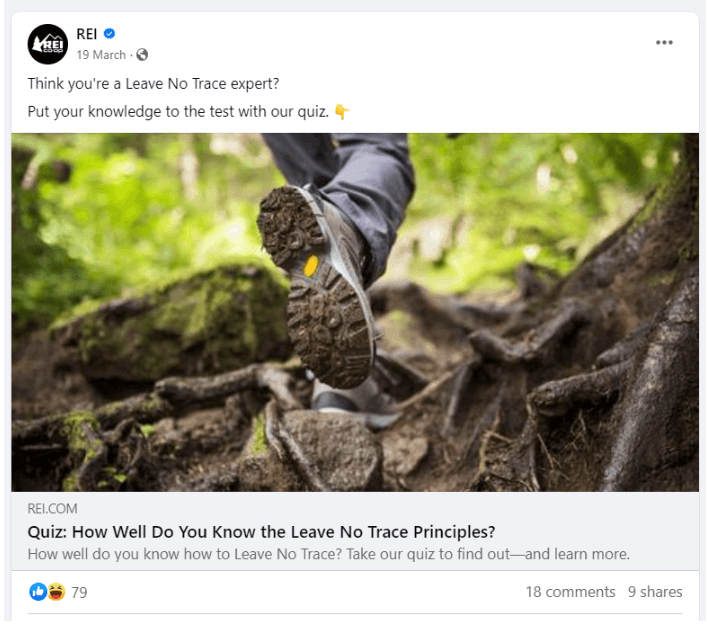Every project manager has experienced one, if not all, of these pains:
- That moment when, despite the best-laid plans, the project starts to veer off course.
- The deadline that was once far away now looms dangerously close.
- Cost estimates are steadily creeping upwards.
- The once enthusiastic team members are now overwhelmed and stressed.
If only there was a way to predict these problems and correct the course before it’s too late.
That’s where project monitoring steps in.
It acts as the project manager’s crystal ball, predicting potential obstacles and providing the tools to address them effectively. But project monitoring is not just about preventing problems; it also helps identify opportunities for improvement, enhancing the project’s overall success.
In this article, we’ll peel back the layers of project monitoring, uncover its integral role in project management, and explain how it seamlessly integrates with project control mechanisms.

What is Project Monitoring in Business?
At its core, project monitoring is a systematic process involving collecting, analyzing, and using information to track a project’s progress against the planned objectives and deliverables.
It’s like the GPS for your project, continually checking if you’re on the right path, how far you’ve traveled, and how far you still need to go.
This process doesn’t just revolve around numbers or statistics, though. It goes beyond tracking metrics and encompasses analyzing trends, identifying risks and opportunities, and initiating corrective actions when necessary.
Project monitoring plays a crucial role in project management by offering a real-time snapshot of the project’s health and status. By actively monitoring a task, project managers can ensure alignment with the initial plan, anticipate potential issues before they escalate, and make informed decisions based on data, not just intuition or guesswork.
Additionally, project monitoring facilitates proactive communication between the team and stakeholders, keeping everyone in the loop about the project’s progress, challenges, and successes.
It’s a critical process that promotes transparency, encourages accountability, and fosters a culture of continuous improvement in project management.
Project Monitoring and Control – What’s the Connection?
So where does project control fit into all of this?
Project monitoring and control are two sides of the same coin. Monitoring provides the data and insights, while control is the mechanism that uses this information to steer the project back on track when it deviates from the plan.
Think of project monitoring as the diagnostics run on a car – identifying any issues or potential problems.
In contrast, project control is like the mechanic who uses this diagnostic information to fine-tune and fix the car. Monitoring identifies the “what” and “why,” while control focuses on the “how” – how to correct the issue and prevent it from recurring in the future.
In essence, project monitoring provides the information necessary for effective project control. It enables the project manager to maintain a firm grip on the project’s reins and guide it toward successful completion.

How Does Monitoring and Control Work In Project Management?
Before we dive into the components of project monitoring, let’s take a moment to understand the broader concept of monitoring and controlling in project management.
Monitoring and controlling encapsulate the processes and activities used to track, review, and regulate the progress and performance of a project.
In the monitoring phase, project managers track a project’s key performance indicators (KPIs) and compare them to the initial plan to spot any deviations. This helps identify issues as they arise and assess their impact on the project’s cost, schedule, and quality.
On the other hand, the controlling phase involves taking corrective action to bring the project back on track if any deviations are found during monitoring. It ensures that the project’s performance meets the predetermined standards and that the project is progressing as planned.
The Project Monitoring and Control Plan
The project monitoring and control plan is the roadmap that guides the monitoring and controlling activities throughout the project’s lifecycle. It outlines the processes, procedures, tools, and techniques to monitor the project’s progress and performance.
The plan defines the project’s KPIs, performance baselines, monitoring schedule, and reporting requirements. It also includes a risk management plan to identify potential issues that could impact the project and strategies to mitigate them.
Remember, a well-thought-out project monitoring and control plan is pivotal to effective project monitoring.
The Project Monitoring Matrix
The project monitoring matrix is a key tool used in project monitoring. It’s a document that visually represents the project’s progress, presenting a clear and concise overview of the project’s current status.
The matrix typically includes information such as the project’s objectives, the indicators used to measure progress towards these objectives, the sources of data for these indicators, the frequency of monitoring, and who is responsible for monitoring each aspect of the project.
By providing a comprehensive snapshot of the project’s status at a glance, the project monitoring matrix enables project managers to quickly identify any areas of concern and take immediate corrective action. In this way, the matrix acts as an early warning system, helping to prevent minor issues from snowballing into major problems.

The Process of Monitoring in Project Management
Monitoring and controlling a project is no small task. It involves a series of steps that need to be performed diligently and consistently.
Here’s a quick rundown of these steps:
- Setting Baselines: The first step in project monitoring and control is setting baselines for scope, schedule, and cost. These baselines serve as a reference point against which the project’s performance will be measured.
- Tracking Performance: Once the baselines are set, the next step is to track the project’s performance against these baselines. This involves collecting data on various project parameters and evaluating how the actual performance stacks up against the planned performance.
- Identifying Variances: If there’s a discrepancy between the actual performance and the planned performance, it’s essential to identify and analyze these variances. Understanding the root causes of these variances can help devise effective strategies to address them.
- Implementing Corrective Actions: After identifying the variances, the next step is implementing corrective actions to bring the project back on track. These actions could range from reallocating resources to modifying the project schedule.
- Reviewing and Adjusting: The project monitoring and control process is not a one-time event. It requires continuous review and adjustment to ensure the project remains aligned with its original objectives.
Project Monitoring Techniques
Several project monitoring techniques can aid in effectively tracking a project’s progress.
Here are a few examples:
- Earned Value Management (EVM): This technique compares the project’s actual progress with its planned progress. By analyzing cost variances and schedule variances, EVM provides a clear picture of the project’s current status and future performance.
- Key Performance Indicators (KPIs): KPIs are metrics that measure the performance of various aspects of a project. They provide quantifiable data that can be used to assess whether the project is meeting its objectives.
- Critical Path Method (CPM): This technique determines the shortest time possible to complete a project. It involves identifying the critical tasks that directly impact the project’s timeline.
Monitoring Project Progress
To monitor project progress, project managers utilize various methods:
- Regular Status Reports: These are detailed documents that provide information on the project’s current status, including the work completed, work pending, issues faced, and more.
- Project Dashboards: These visual tools provide a quick overview of the project’s current status. They display critical project data in an easy-to-understand format.
- Meetings: Regular team meetings provide an excellent platform for discussing the project’s progress. They allow for real-time feedback and prompt resolution of issues.
By combining these steps, techniques, and methods, project managers can master the art of project monitoring and ensure that their projects stay on track and meet their objectives.

What’s the Difference Between Project Monitoring and Evaluation?
While project monitoring often gets the spotlight, project evaluation is another key aspect of successful project management.
At its core, project monitoring and evaluation (M&E) is a systematic approach to understanding the performance and impact of a project.
Project monitoring is continuously tracking a project’s progress, allowing managers to check if the project is on schedule and within budget. It’s about staying on top of daily tasks and solving problems as they arise.
Project evaluation, on the other hand, takes a more holistic view. It’s an in-depth, methodological assessment of the project’s overall performance, usually conducted at key stages or upon completion.
It looks at the project’s relevance, effectiveness, efficiency, impact, and sustainability.
Differences and Similarities Between Monitoring and Evaluation
Though both critical, monitoring and evaluation serve different purposes and are conducted differently. Monitoring is an ongoing process that focuses on what’s happening during the project’s lifecycle. It answers questions like:
- Are we on track?
- Do we need to adjust our approach?
Evaluation, meanwhile, is less frequent, often performed at the midpoint or end of a project. It answers broader questions, such as:
- Did we achieve our objectives?
- What lessons have we learned for future projects?
However, they’re not entirely separate entities. They’re interconnected parts of the project management process, with information from monitoring feeding into evaluation. Both strive towards enhancing project performance and achieving the desired results.
Understanding the “what is happening” through monitoring and the “why it is happening” through evaluation is crucial to project success.
Monitoring keeps the project on course, facilitating timely decision-making and adjustments. It’s like a project’s GPS, providing real-time feedback on the route you’re taking.
On the other hand, evaluation provides a reflective space for learning and improvement. It helps identify strengths to be sustained and weaknesses to be addressed. It’s like the project’s rearview mirror, allowing you to see what you’ve passed and how it can influence your journey moving forward.

How To Use Technology When Monitoring a Project
Digital tools have stepped in to simplify and streamline the otherwise complex task of project monitoring.
But what exactly is a project monitoring system?
Imagine a control tower at an airport that monitors every movement, coordinates various activities simultaneously, and manages the overall flow to prevent costly delays.
That’s what a project monitoring system does for your project.
It tracks and reports the progress of your project against its intended objectives and provides real-time data that assists in making informed decisions.
Designed with the needs of modern teams in mind, Teamly offers a project monitoring solution that covers every facet, from task tracking to performance metrics.
Teamly is not just about automating processes; it’s about enhancing project monitoring for optimal results.
Here are some of the ways Teamly boosts your project monitoring:
- Real-time Tracking: Teamly allows you to get real-time updates on every aspect of your project. This immediate feedback enables you to address issues as they arise, preventing them from escalating.
- Improved Communication: Teamly has an integrated chat feature that ensures clear and timely communication among team members. This encourages a more cohesive and efficient team dynamic.
- Efficiency and Productivity: By simplifying complex processes and reducing the risk of errors, Teamly boosts efficiency. This frees up your team members to focus more on their tasks and less on administrative work, increasing overall productivity.
- Effortless Reporting: Teamly takes the hassle out of report generation. It can create detailed, accurate reports with just a few clicks, making progress reviews and future planning a breeze.
In the era of digital transformation, tools like Teamly are redefining project monitoring, making it more efficient, accurate, and user-friendly.
Conclusion
Be thorough in your monitoring efforts. Keep a keen eye on every component, from the initial stages of a project to its final delivery.
Employ robust methods, utilize tools like Teamly to automate and streamline the process, and always be ready to adjust your strategies based on the feedback from your project monitoring systems.
In the end, the heart of project monitoring lies in its proactive approach to management.
It’s about ensuring that the journey is just as good as the destination and that you’re delivering not just a completed project but a successful one.
Remember, it’s not just about finishing the race—it’s about running it well.















